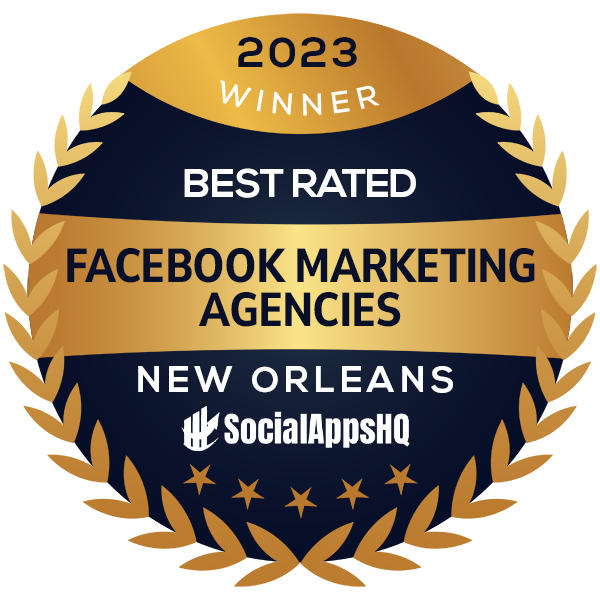Consider Why Twitter Can Still Provide Value To Your Marketing Strategy
There has been a lot of debate surrounding the future of Twitter, especially in recent months. From Elon Musk to technical issues and verification drama, some have even speculated that the platform is dying due to declining user engagement and concerns over content moderation.
Despite these concerns, marketers, and businesses continue to use Twitter as a crucial component of their marketing strategies and see value in remaining on the platform. In this post, we will explore why Twitter is still a valuable social channel for businesses when used effectively and how you can determine whether it is the most efficient platform for engaging with your target audience.
Why Should You Use Twitter for Your Business?
For many reasons, Twitter continues to be a useful tool for many businesses. By tweeting regularly and interacting with followers, you can expose your brand to a larger audience, stay up-to-date on relevant conversations, keep tabs on industry trends, and gauge customer feedback. By taking advantage of Twitter's speed in notifying users of important industry news and updates, businesses can better understand their target market and modify their marketing plans as necessary.
Using Twitter is also a great way to engage with industry leaders, promote products and campaigns, and provide customer service by addressing user concerns or questions so followers feel seen and respected. This level of user interaction between brands and consumers is of utmost importance to millennials and Gen Z consumers, who increasingly desire to engage with brands whose values align with their own. Businesses can also expand their audiences and foster brand loyalty by taking advantage of the large followings of their industry influencers and engaging with their content.
How to Use Twitter to Your Business’ Advantage
Setting defined objectives and performance indicators is crucial for making the most of using Twitter for business. Increasing the number of followers, boosting low engagement rates, or increasing website traffic are all useful metrics to measure your success. This becomes especially important because a brand's Twitter profile often appears in search results alongside its website.
Businesses need to identify their target market after setting goals and study competitors to understand how other brands in their niche operate on the platform. This will help with creating a content strategy to produce valuable material that develops authority and attracts a devoted audience by concentrating on what makes their brand different.
Having trouble increasing low engagement rates? Try using engaging and shareable visual elements in your content strategies, such as videos, infographics, and quality images. You should also encourage your followers to respond to your tweets by asking them insightful questions and sharing interesting information.
You can't talk about growing your presence on Twitter without mentioning hashtags. Increase your brand's awareness through the use of popular hashtags by searching the native Explore page or by using a social listening tool to find new or currently trending hashtags relevant to your industry or niche. However, stick to using the top two to three hashtags relevant to your tweet to avoid decreasing engagement or seeming spammy.
Lastly, businesses on Twitter should take advantage of exclusive features, including Twitter Spaces, Lists, Polls, Communities, and Livestreams, to interact on a personal level with their target market and better promote their content. You can also use native Twitter analytics to track your performance and make any necessary changes to your social strategy using any of these features.
What if Twitter's Not Right for My Business?
While Twitter is still a prominent social site, it's important to examine where you'll get the most value for your time and effort. When developing your social marketing plan, consider audience alignment. Where does your target market thrive? If you want to have the most impact and reach the most people, sites like Facebook, Instagram, TikTok, and others may be more beneficial towards achieving your social media goals. Because time and available resources are also important considerations, concentrate on one or two of the aforementioned social channels to expand your new or current following.
Though Twitter is not the most popular or extensively utilized social media platform, its ability to connect you with passionate communities and provide a direct line of communication to your target niche can be of great value when used effectively. Businesses may use Twitter to improve brand awareness and engagement by concentrating on their goals, identifying their target audience, and producing valuable content. Does your business use Twitter, or would you like more information on how this or any other social media platform can become part of your digital marketing strategy? Then contact The Moran Group to learn how we can help.
References:
Sheikh, M. (2023, May 10). The ultimate guide to Twitter for business. Sprout Social. https://sproutsocial.com/insights/twitter-for-business/
Will Marketers Continue to Use Twitter in 2023? [New Data]. (2023, January 21). Will Marketers Continue to Use Twitter in 2023? [New Data]. https://blog.hubspot.com/marketing/is-twitter-dying








